Skype: neodalle-travel
Tel: +86 135 7447 2266
E-mail: sales@zhangjiajieholiday.com

What to see?
Baisha Village used to be a Naxi settlement and the birthplace of local Mu Family Governors. It was the political, economic and cultural center of Lijiang prior to the Ming Dynasty (1368 - 1644). Its construction started during the Tang Dynasty (618 - 907) and it became prosperous during the Song (960 - 1279) and Yuan (1271 - 1368) Dynasties. From the Ming Dynasty, the governors moved their families to Dayan Town (the current Lijiang Ancient Town) but still built temples in Baisha Village, making this village a religious center during the early Ming Dynasty. The existing Dabaoji, Liuli and Wenchang Palaces and even the famous Baisha Murals were completed during that period.
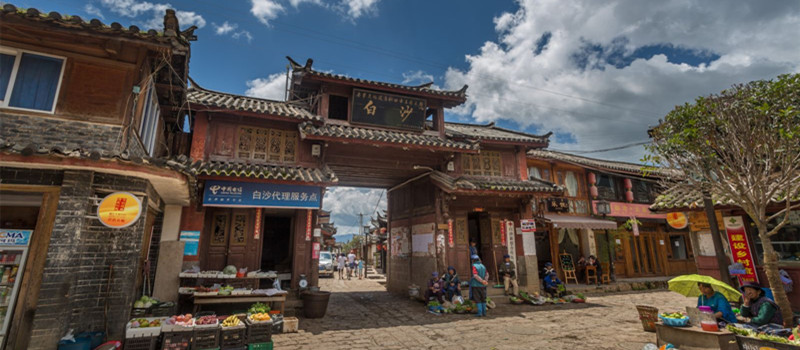
Life-style of Naxi People
Wandering around the Baisha Village, you can enjoy the slow lifestyle of the Naxi People and their friendly smiling faces; see happy and satisfied travelers as well as better scenery than that of Lijiang. You can freely enter various courtyards to see the beautiful and man-made tie-dye artwork hanging for sale or drying in the sun. If you are interested in this artwork, the local small Embroidery School of the Mu Family is worth visiting. There you can admire the local national and traditional embroidery, different from ordinary Chinese embroideries such as the Su Embroidery. A few art stores and hostels, run by local people, are scattered around the Baisha Village.
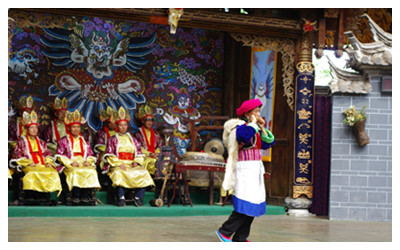 |
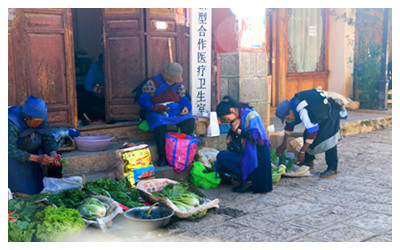 |
The local festival is on the twelfth day of the first month of the lunar calendar. On this day, halls on the village's east street will be open for sacrifices to the Gods and different people in Lijiang will gather in Baisha Village. If you are intrigued by the local traditional culture, the festival time is the best time to go.
Several cafes and many Naxi cuisine restaurants can easily be found at Baisha Village. The Here Restaurant serves western food and its pizzas are well-known. Local explanations for the murals are rather limited, so you might like to gather information beforehand or hire a local guide if you wish to be fully informed about the murals.
Baisha Murals
Heading for this village, the Baisha Murals cannot be missed. These Murals are representative of Lijiang Murals and their creation took about three hundred years, from the early Ming Dynasty to the Qing Dynasty (1644 - 1911). The paintings were finished by Han, Tibetan and Naxi painters as well as painters from other nationalities, so they are not a symbol of Naxi Culture but a fusion of art from different nationalities. The peak of the Lijiang Murals was at end of the Ming Dynasty. Now only 55 pieces of murals are preserved in religious sites around Lijiang Town.
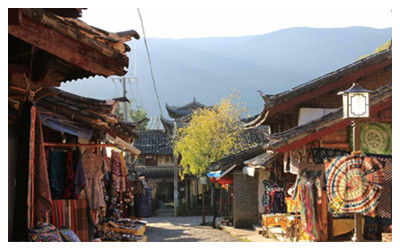 |
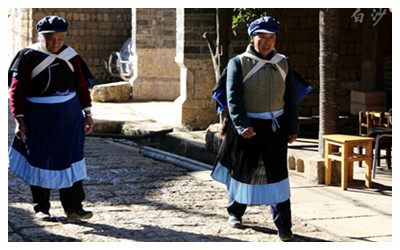 |
Dabaoji Palace
Most of the existing murals are preserved in Dabaoji Palace, a temple built in 1582. Twelve pieces of murals with 167 different figures are painted on the wall with religion as their main theme. The figures of Buddha, the Four Heavenly Kings as well as daily life scenes, plants and animals are included and reflect the combination of several religions and different cultures. The Liuli Palace contains 16 pieces of murals, mainly with figures from Buddhism.
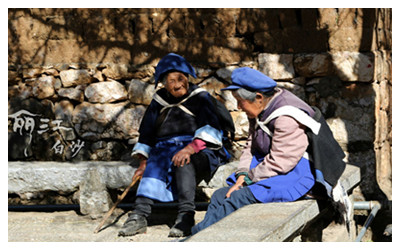 |
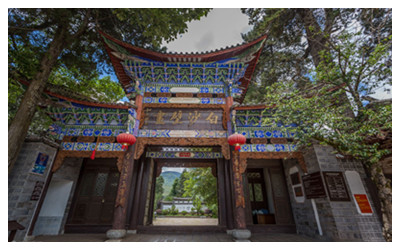 |
Fuguo Temple
If you are interested in the Buddhist culture, especially Tibetan Buddhism, Fuguo Temple ruins can be included in the itinerary. Baisha Village keeps the Fuguo Temple ruins although the temple is now located in the Black Dragon Pool Park in Lijiang for the convenience of visitors. Being the 'Mother Temple' for Lijiang, the ruins here record not only the history of Lijiang's temples, but also the Tibetan Buddhism and Naxi cultures.
Travel Tips
Add: Baisha Town, Yulong Naxi Autonomous County, Lijiang City, Yunnan Province
Entrance Fee: CNY 80
Opening Hours: 08:00-18:00
http://www.iehome.cn/
 Ask Questions ?
Ask Questions ?